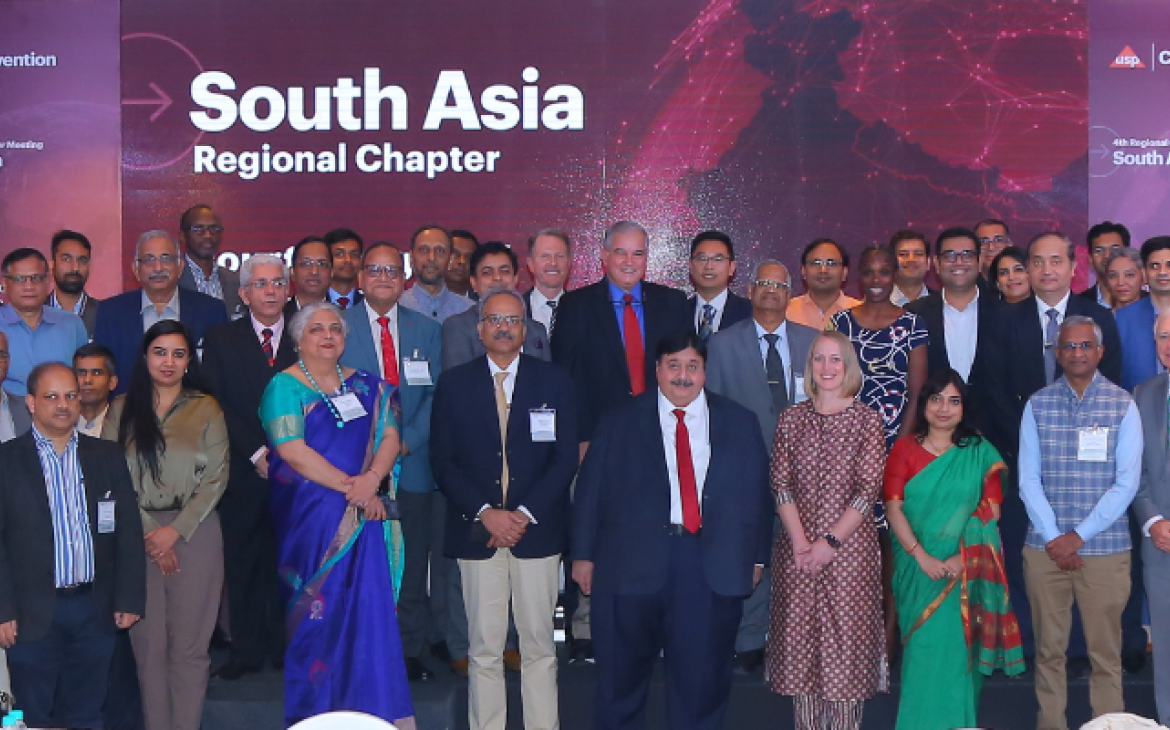
Therapeutic peptides occupy an interesting space along the molecular continuum between traditional small molecule drugs made through chemical synthetic routes and larger biologics made through recombinant DNA technology in living organisms.
Primarily made of amino acids strung together in a sequence, many therapeutic peptides are made through recombinant (genetically-based) means. While most small molecule drugs have a molecular weight of 100–300 Daltons, synthetic peptides can be quite large in comparison. Some peptides currently available on the U.S. market are made of as many as 40 amino acids (an average amino acid has a molecular weight of 100 Daltons).
An increasing number of these drugs are now being made synthetically. However, depending on the length of the peptide and its intended clinical indications, regulatory expectations for a particular peptide product can differ. For small molecule drugs, regulations for products and their impurities are clearly articulated in guidances from the International Conference of Harmonization (ICH). There are also regulatory guidances for biologics—and now, a growing number of guidances for biosimilars are being developed. The lack of guidances specific to therapeutic peptides has resulted in a regulatory vacuum and presents challenges for manufacturers of these products.
The transition from recombinant to synthetic peptides
Until more recently, manufacturers hesitated making peptides synthetically and preferred recombinant approaches. Cost and quality control challenges have been major drivers behind this preference. Understanding how to control for impurities when transitioning from a recombinant route of manufacture to a synthetic one is also critical for the product maker.
In recombinant peptides—even those that are longer and made of more complex amino acids chains—residual DNA and proteins from the host cell used to make the product are some of the most critical impurities to control in the final product. With synthetic peptides, impurities can come from the raw materials used to make the product or can be process-related based on the particular approach to synthesis. Therefore, process impurities from synthetic peptides can vary from manufacturer to manufacturer. In both recombinant and synthetic peptides, regular product variants in the form of degradants must also be controlled.
In spite of these challenges, manufacturers continue to pursue synthetic peptide approaches.
Why go synthetic?
In general, any therapeutic product made through a recombinant technology must go through the Biologics License Application (BLA) process. However, some older biologics that are proteins—like insulin—have been approved through the traditional New Drug Application (NDA) pathway primarily intended for small molecule drugs. An FDA policy that will go into effect in 2020 will require that any protein made of more than 40 amino acids and is recombinant in makeup will be required to go through the BLA route. However, the FDA definition of a peptide is a product with less than 100 amino acids and is made through chemical synthesis; thus, a product that falls within this definition can be approved through an NDA, with fewer regulatory hurdles.
In addition, a product that is approved through an abbreviated NDA (“ANDA”) is considered to be a “generic” drug and is automatically interchangeable with the innovator product on which it is based. A product approved through the biosimilar pathway will need to overcome additional regulatory hurdles in order to be considered interchangeable with its reference product. Thus, products made through chemical routes can immediately enter the innovator market once approved.
Combined with an increasing number of technological advances that make a synthetic route more viable for manufacturers, these factors are fueling a growing interest in synthetic therapeutic peptides.
Regulatory and quality-related questions
In 2014, the U.S. Pharmacopeial Convention (USP) hosted a workshop for manufacturers and regulators involved in synthetic therapeutic peptides. At the meeting, perspectives differed on what constitutes a “smaller” peptide molecule and whether or not industry should follow ICH expectations regarding impurity control for these products.
In addition, questions emerged at the workshop about regulatory expectations for peptides that are transitioning from recombinant routes to synthetic approaches. For example, a bioassay is required for recombinant peptides as a demonstration of product potency. If that same peptide is then made through chemical synthesis, will it be necessary for that product to meet the bioassay requirements?
While many conferences and forums are focused on scientific and technological advances associated with therapeutic peptides, USP’s workshop in 2014 was the first meeting strictly dedicated to quality and regulatory expectations for these products.
On November 2–3, 2015, USP will host its 2nd Synthetic Therapeutic Peptides Workshop – Regulations, Standards and Quality. We look forward to further discussions and exchanges among manufacturers, regulators and other stakeholders interested in this expanding therapeutic field. We are also excited to explore opportunities for USP to work with manufacturers on new and revised quality standards for peptides and to share more about USP’s approach to peptides and their impurities. For additional information on speakers, presentation topics and registration, visit our workshop website.
Anita Szajek, Ph.D., is the principal scientific liaison to USP’s Expert Panel on Therapeutic Peptides. Dr. Szajek is a co-author of three papers on synthetic peptides that appeared in Pharmaceutical Technology in 2014.
- "Control Strategies for Synthetic Therapeutic Peptide APIs — Part 1: Analytical Considerations"
- "Control Strategies for Synthetic Therapeutic Peptide APIs — Part 2: Raw Material Considerations"
- "Control Strategies for Synthetic Therapeutic Peptide APIs — Part 3: Manufacturing Process Considerations"


